By S&S Change Agent Lizzy Arnold
3 exercises to build your change muscles and thrive in a VUCA world.
How are you feeling about the pace of change, uncertainty and ambiguity around you right now? Buzzed or burned out?
Recent events have seen a world already stuck on fast-forward shift into hyper-drive, accelerating digital transformation and digitisation by four years, and seven years respectively. Many of us have moved well beyond our comfort zones and are feeling the pressure. And yet for us and our businesses to thrive, we need to flip that script.
In the same way you can lift weights in a gym to improve physical strength you can do simple exercises to increase resilience and build your change muscles. Just like starting a fitness regime, it can be tiring and difficult at first, but if you persevere you’ll start to see serious gains in a few weeks.
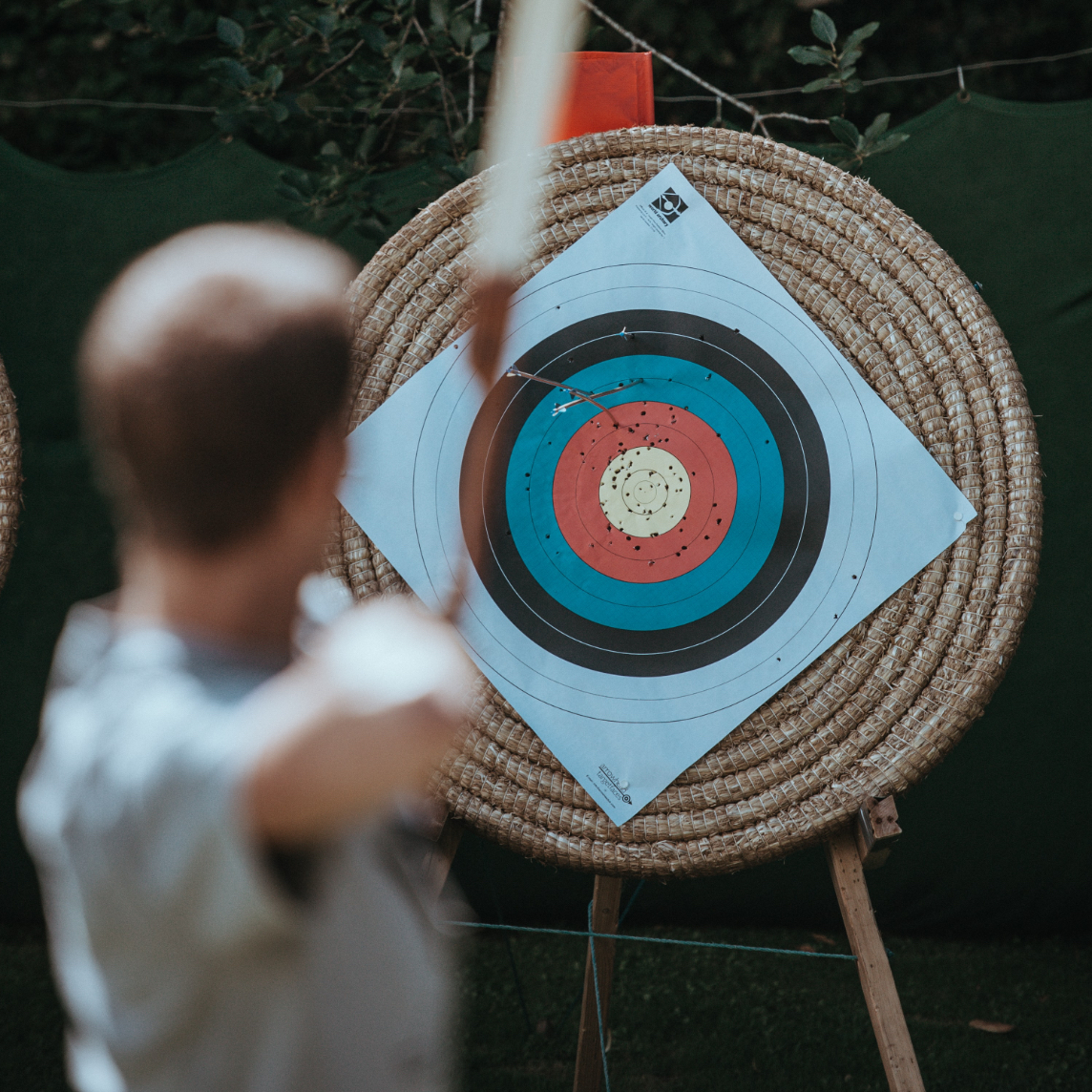
In my career as a change agent, I’ve used a number of models and methods to help me understand change rationally. But I’ve found that knowledge and logic alone can’t assuage debilitating feelings like fear, anxiety and imposter syndrome. Once I realised I couldn’t rationalise my way to bravery and confidence, I decided to start an experiment. I wanted to see if stepping into discomfort would help me learn to deal with adversity when the theories couldn’t.
So, first I had to pick something that would truly make me feel fear, anxiety and like a fish out of water. As a 37 year old desk jockey with a love for cake; getting beaten up in combat sports certainly ticked those boxes. So I did a bit of quality YouTube research and decided I was going to take up kickboxing. It took me weeks to build up the courage to go from flirting with the idea to stepping into the dojo. My inner voice was stuck on a constant loop of “I’m too old, too unfit, too uncoordinated, they’ll laugh at me, they’ll hurt me… Who do I think I am? I can’t do this.”
The first time I stepped into a dojo was a whirlwind, and daunting as hell. My adrenaline was pumping and I was immediately immersed in a strange new world full of unwritten rules: when to bow, when to speak, what to wear, what to do, what not to do… It was straight-up terrifying, and that was before I got anywhere near the actual fighting! But five years on and now you’ll find me at the front of the class wearing my black belt and welcoming newbies.
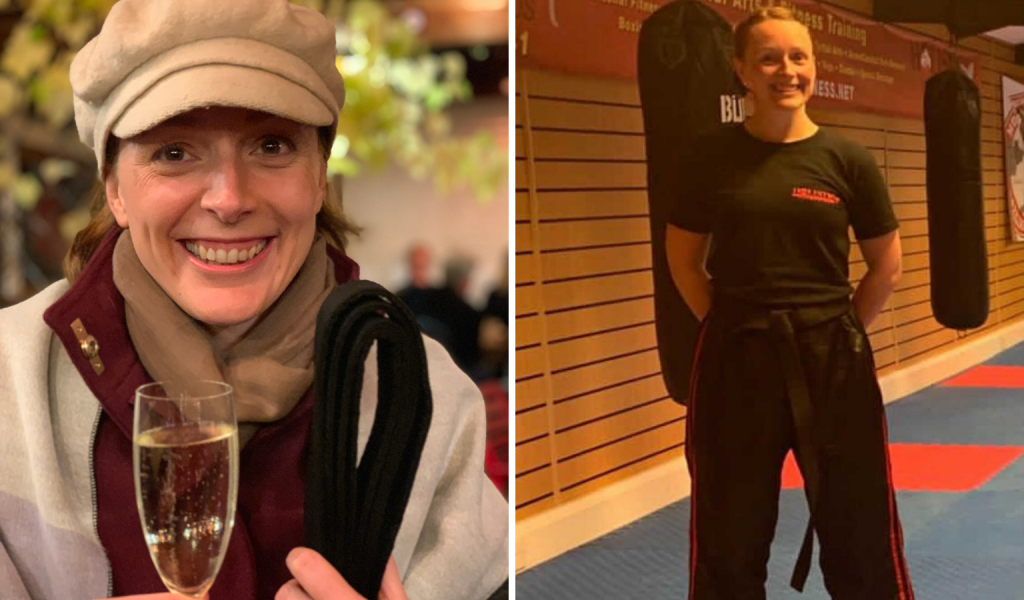
Lizzy celebrating her black belt and brought it to the pub.
If there’s a life hack to speed up progress from quivering bag of nerves to a competent martial artist, I certainly didn’t find it! I nearly didn’t make it through the warm up in my first lesson but over time, with blood, sweat and tears, it became a strong foundation which underpins my life. Earning my black belt will always be one of my greatest achievements, but the real value comes from the peace of mind I discovered facing my personal demons – and knowing that when I get knocked down I’ll always get back up.
I think back to how I felt when I first entered the workplace: I was afraid of not knowing things, missing a deadline or getting called out as an imposter. I may not have developed all of my coping skills in the workplace, but kickboxing has certainly helped me thrive there, because frankly,
Once you’ve been punched in the face, what’s the worst that can happen in your 4pm meeting?!
If you’d like to build a little black belt confidence into your toolkit, here are a few exercises you can try to grow your change muscles.
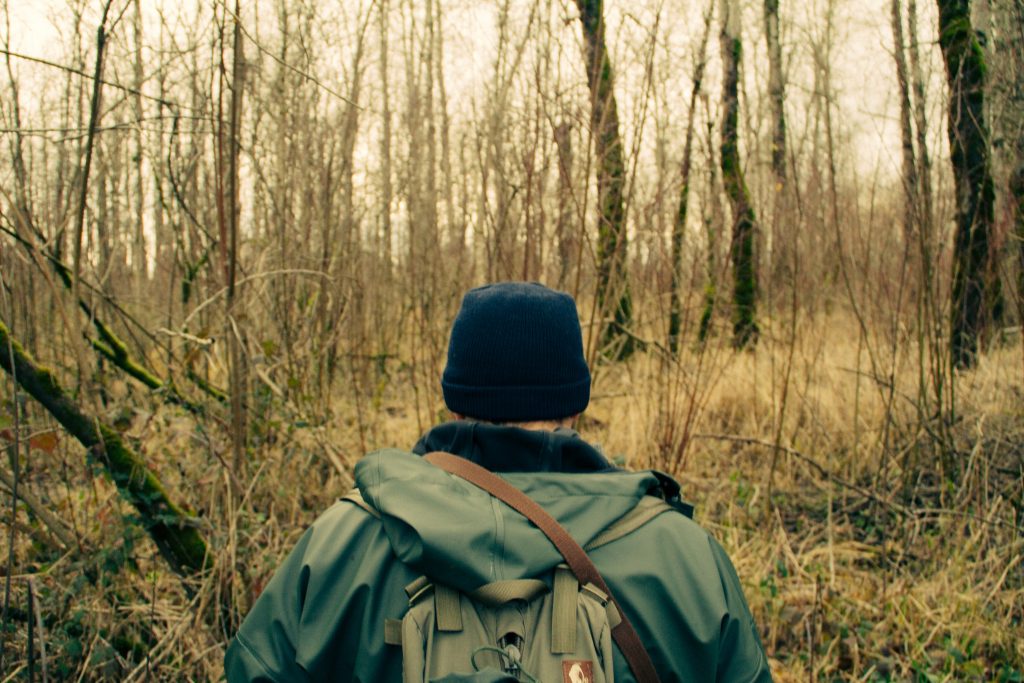
Exercise 1: do the things that scare you (embrace the fear and work your way through it)
When we practice courage, discomfort becomes familiar and we start to build up a tolerance for it.
I wanted to add public speaking into my professional repertoire but I’d always struggled with nerves on stage. I’d be ready and feeling great until I spoke my first sentence, and then my breath would catch and the nerves would come through in my voice. I was deliberately putting myself into speaking gigs regularly to feel the fear and work my way through it, but progress was slow. So, I approached a friend who was a confident speaker and asked for his help.
Pro tip: learn the techniques that’ll help you fight smart. My friend’s secret weapon was an NLP technique to shift mindsets. It’s something I call on now when my nerves kick in. The idea was to identify the feelings you want to have (confidence, relaxation, etc), then think back to when you’ve felt those things before. I thought about being in the dojo, settling into my ready stance to take on a sparring partner. By anchoring this thought, I can pull on that feeling when I need it.
Now I still feel the nerves but at a useful level rather than an incapacitating one.
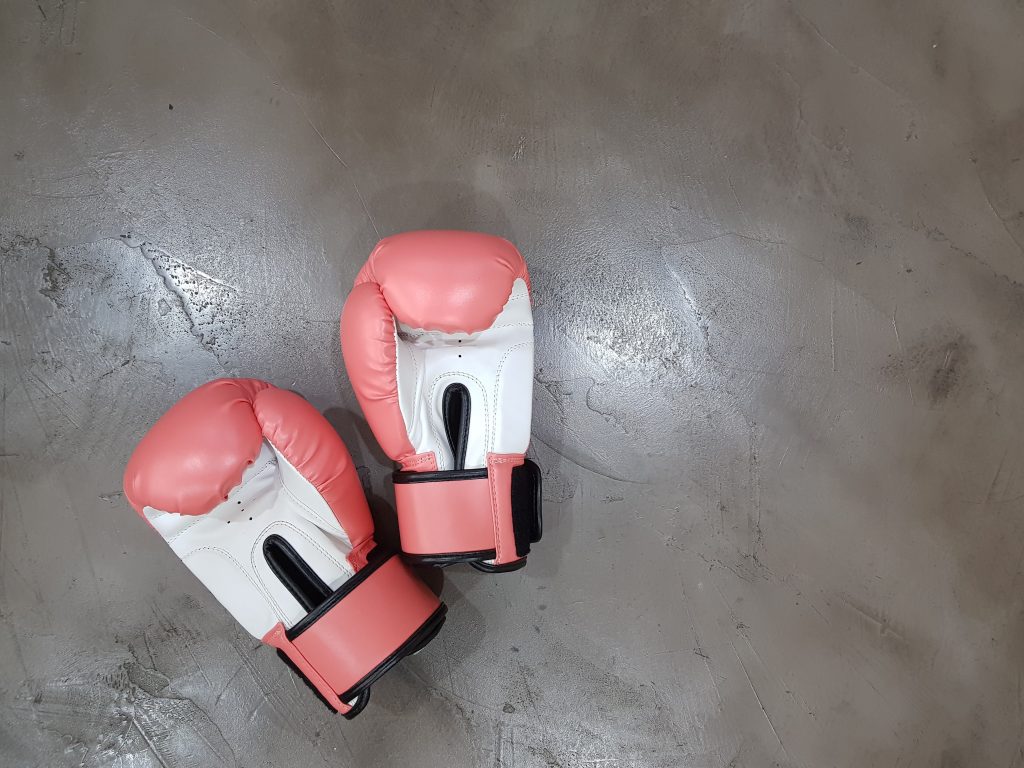
Exercise 2: risk a little embarrassment (to expand your comfort zone)
Building resilience takes time and consistency, so look for opportunities to be out of your comfort zone regularly. Think back to GCSE French. Sitting at your desk saying “bonjour” out loud for the first time felt a bit alien. Practising dialogue in front of the class probably made you feel a bit daft – especially if you were told to put on more of an accent. It may be you even went on the French exchange and tried out your vocabulary, only to feel mortified when the recipient stared at you blankly (or was that just me?).
Trying anything for the first time – like joining a sports club, or learning a new language – is always uncomfortable, you will make mistakes and it can be awkward and embarrassing. But look for the humour to carry you through. When I’ve faced tough situations at work, I acknowledge my discomfort, “so this could be difficult” and ask myself “but will I get kicked in the head?” When the realistic answer is no, I know I’ll survive whatever comes next, even if it is uncomfortable.

Exercise 3: change the game when you’re at the top (a life of adaptation builds long-term resilience)
As I entered my 40s I had a sense I was approaching a fork in the road. I could choose to continue along the path I was on, living an enjoyable, sociable and successful life in London or take a leap into the unknown, and try something different. There was nothing wrong with life as it was, it was comfortable and lovely, but it was also becoming predictable and a bit too staid.
So, I thought long and hard, and then I took the safe option and stayed in London.
The end.
Just kidding. Of course, I took the leap!
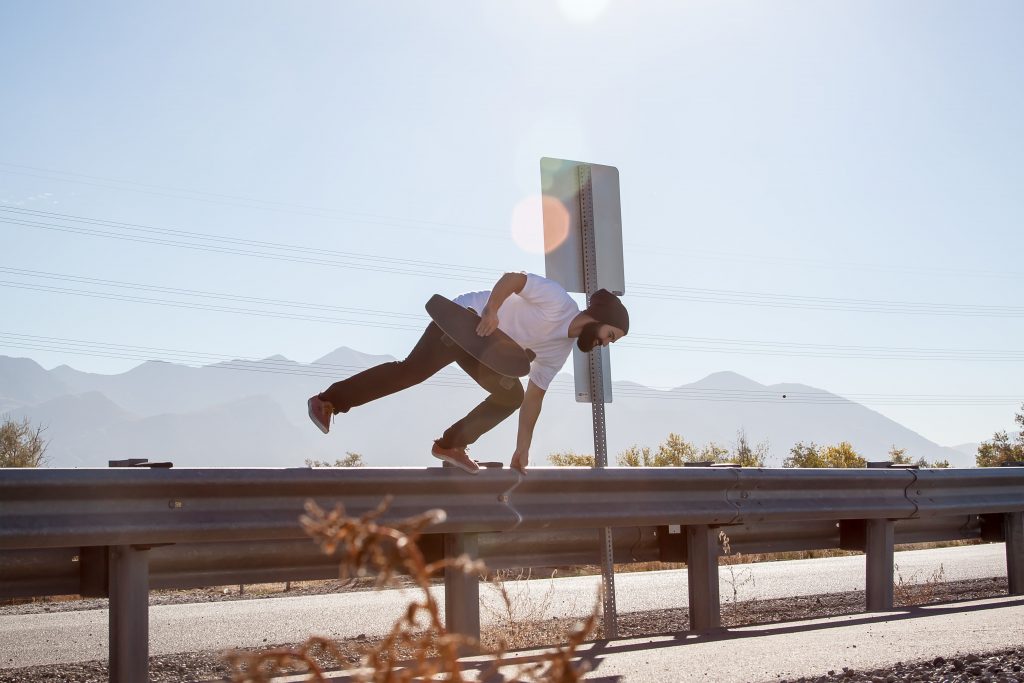
One year ago, I moved to Italy with my husband and our golden retriever. Sounds pretty glamorous, no? You might think it’d all be fun in the sun in the land of prosecco and pasta. But, nothing’s ever that simple…
First up, we had the twin terrors of the global pandemic and Brexit, then the house we’d lined up fell through two weeks before we were due to arrive. So we found ourselves moving into a house we’d never seen which isn’t entirely habitable. There’s no insulation or heating so the house is an oven in the summer, freezing in the winter, and when it rains the house floods. We’re off grid, and have spent many days without running water, electricity and most importantly, wi-fi. We’ve been infested by all kinds of critters and creepy crawlies, and I’ve become an expert at mould removal. All in all, it’s been a very practical exercise in building resilience! Despite all of the challenges we’ve faced I stand by my decision to choose the difficult path, to step into discomfort and grow. The experiment has become a grand adventure, life is big and scary and beautiful again.
Having said that, you can’t live in crisis mode permanently.
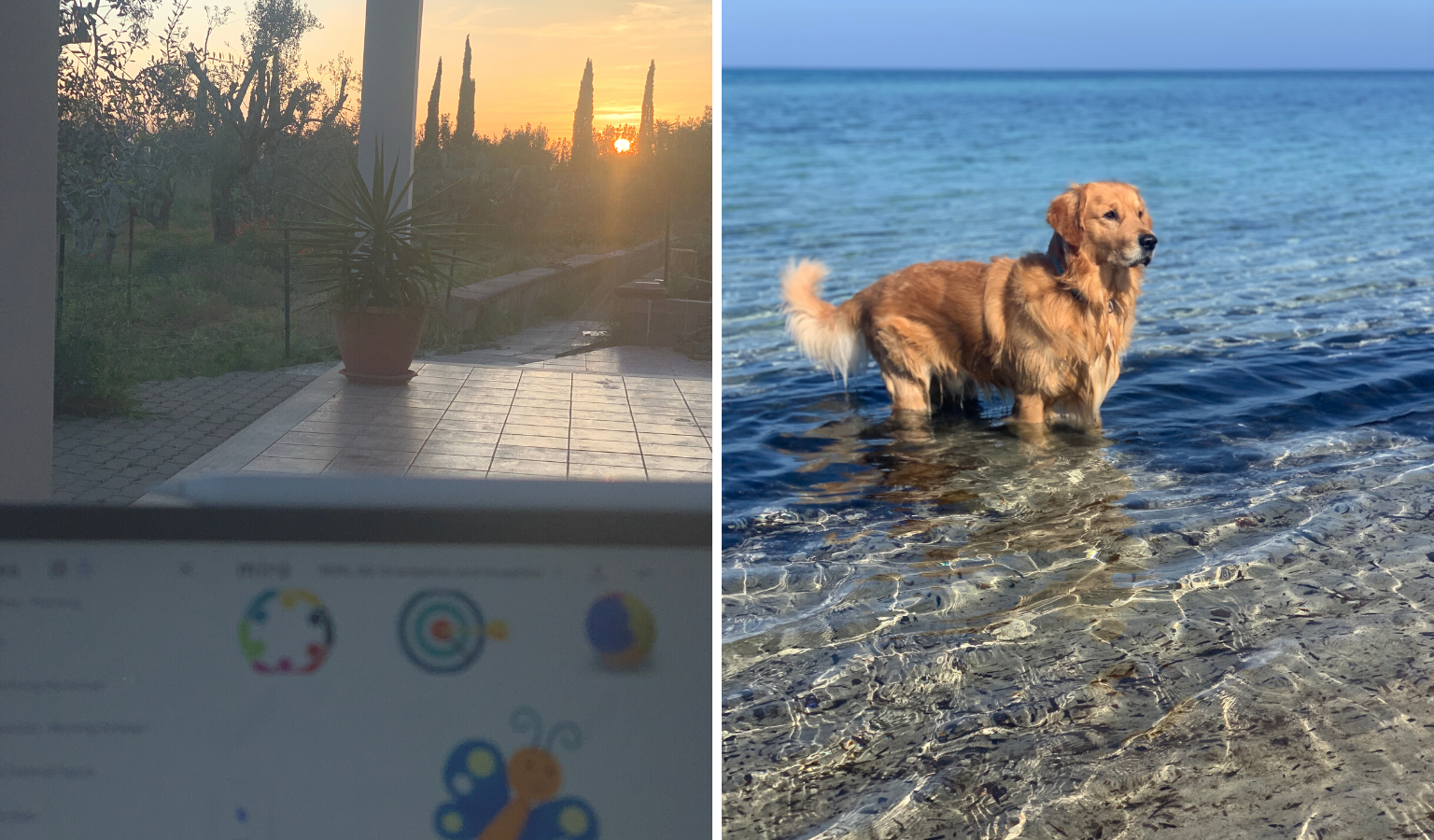
We’ve developed a few coping strategies over the last year. Simple but effective things so when the house goes wrong we have quick and easy solutions. For example, we keep plenty of bottled water in the house, and have candles and torches in places we can access easily in the dark.
But, I have only so much resilience. There comes a point where it’s no longer about making the most of a bad situation, it’s about recognising it’s time to change it. We’re working on our exit plan, so that one day, in the not too distant future, we can buy a home in Italy that we love.
The same is true in business. There will always be fires that demand immediate attention. But when all you’re doing is fire fighting it’s time to take a step back, take stock, and create a new path forwards.
Sounds interesting, right? So, now what?
It is a little counter-intuitive that to feel more comfortable you have to step into situations that make you feel the exact opposite. But choosing a little discomfort today to feel confident and better prepared for a world stuck on fast forward is a trade off worth making in my book. The discomfort I faced in the dojo has been a small price to pay for the sense of self, confidence, and peace of mind I take with me now.
Now it’s over to you. If you’re already on the journey, what’s worked for you? If you’re feeling inspired what will you try?
If you need help to solve the change problem in your organisation






































































